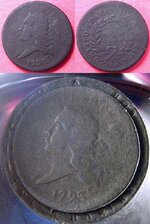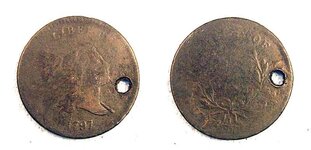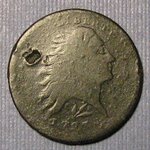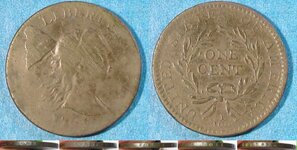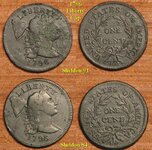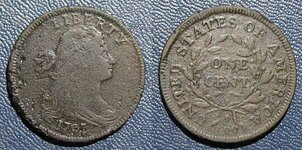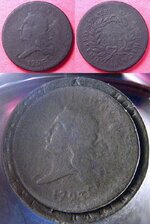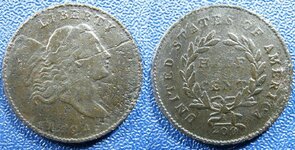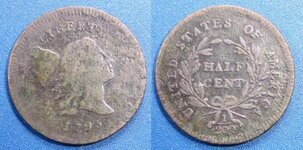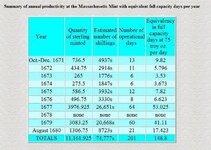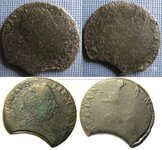Bill D. (VA)
Silver Member
The two I have that come to mind are a great looking 1811 half cent (only 63,140 minted) and an 1875 Canadian dime. Haven't been able to find the mintage on the dime but I know it's very low as the coin is worth at least several hundred dollars. Both coins were found in the yards of colonial homes - the half cent at a c1790 house and the dime at a c1666 site. Here's a couple pics.
Amazon Forum Fav 👍
Attachments
Upvote
0







![5008_1306175223_thumb[1].jpg](/data/attachments/572/572786-07f5235c5c35b956f39d548c72e8c7bc.jpg)



